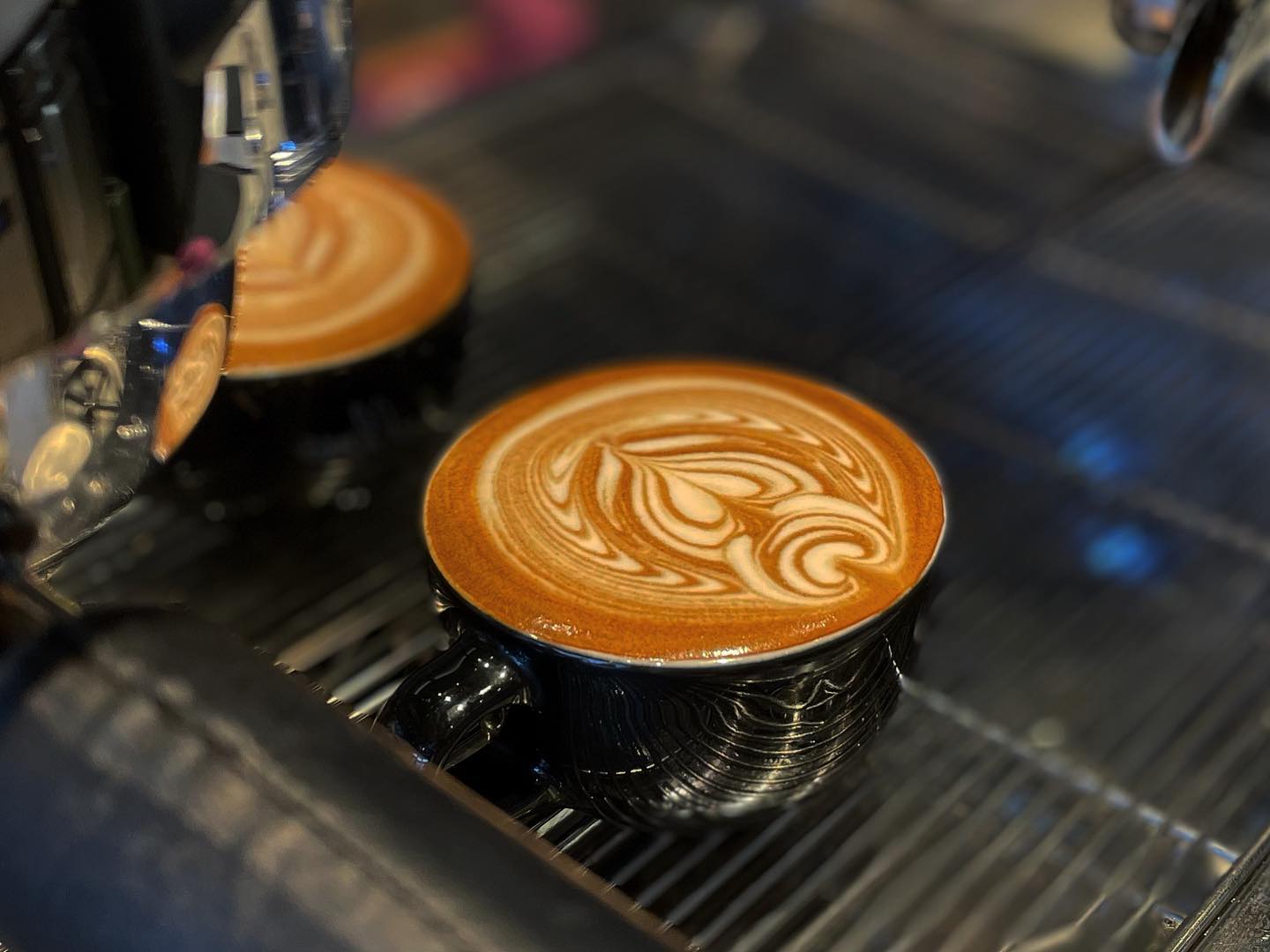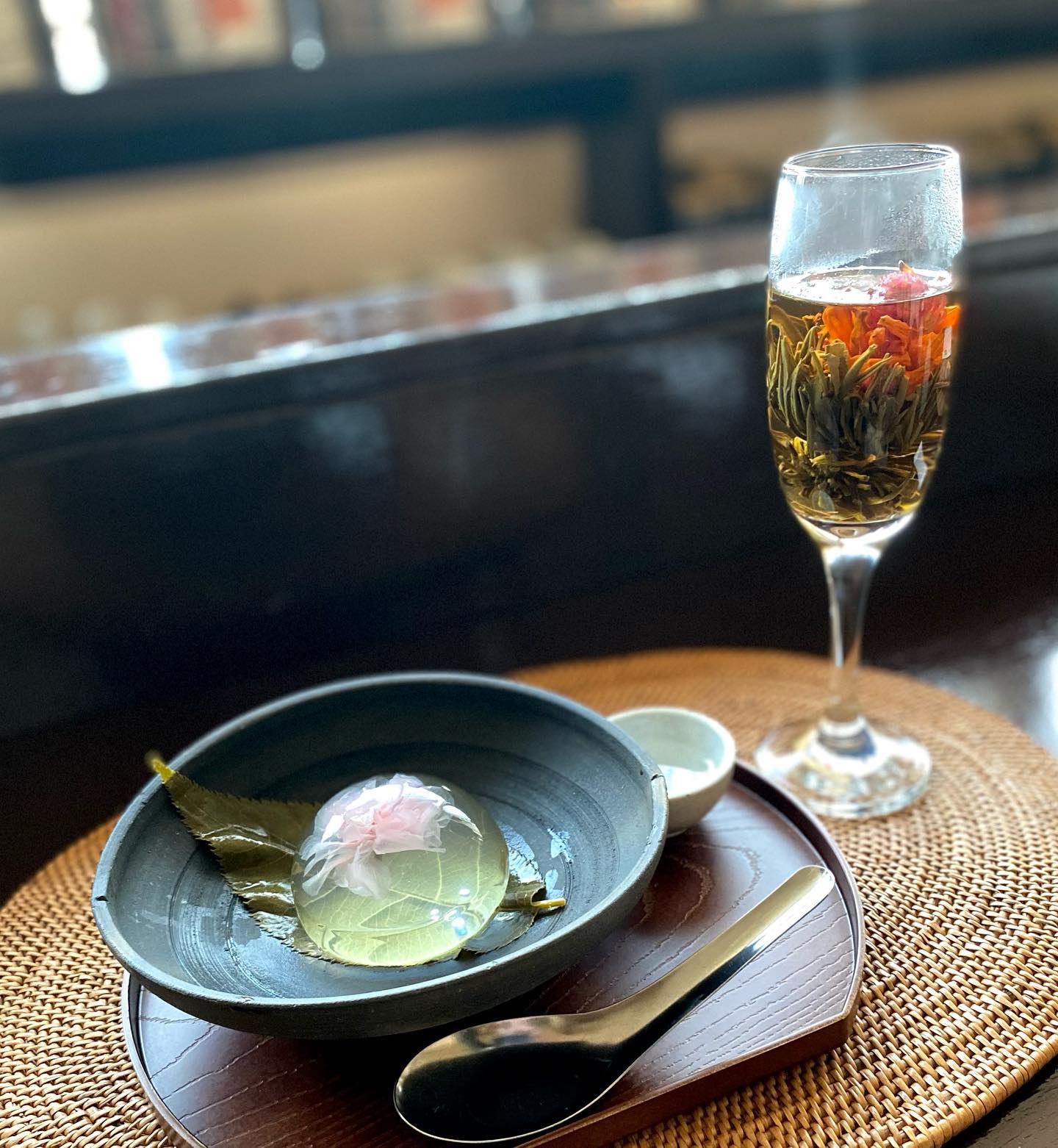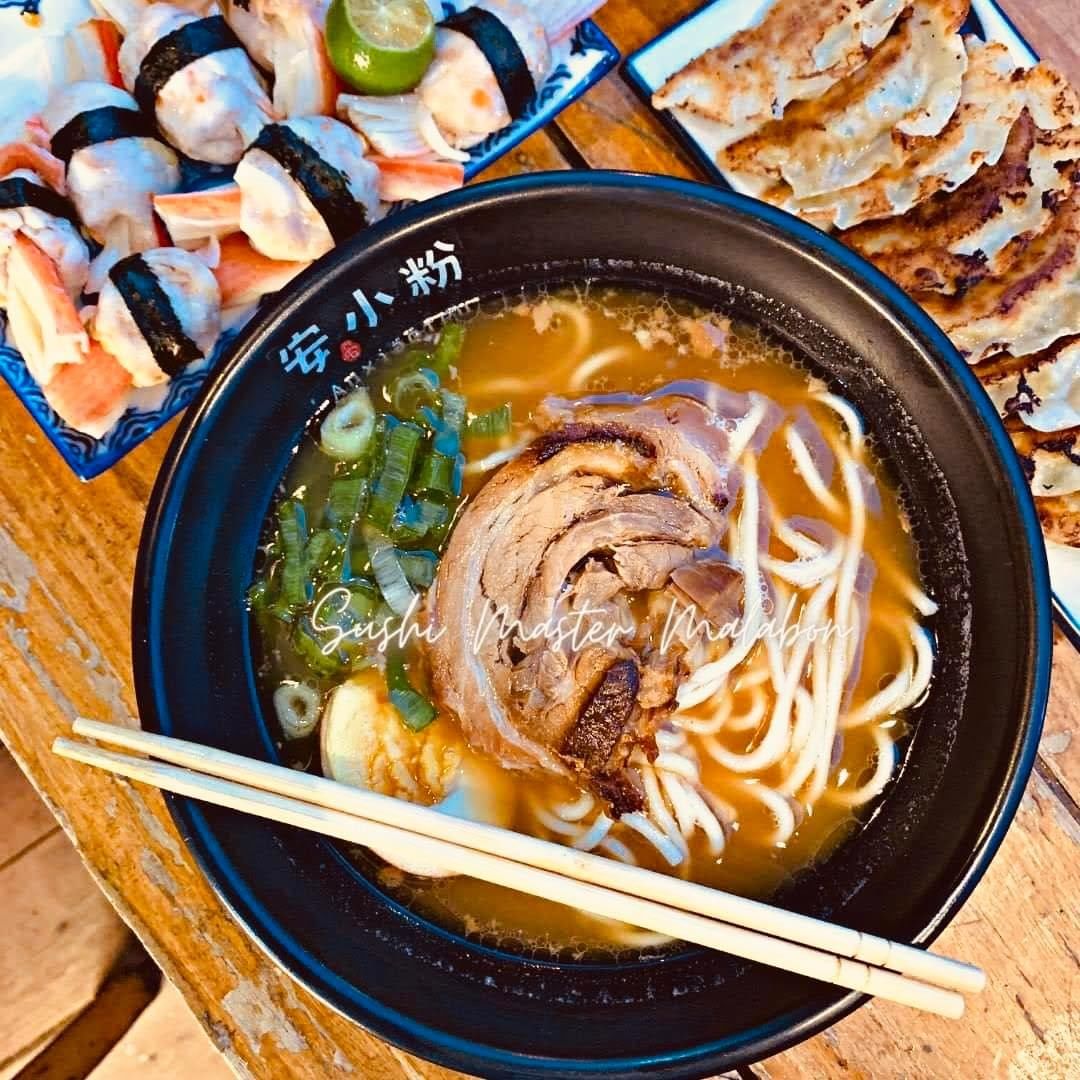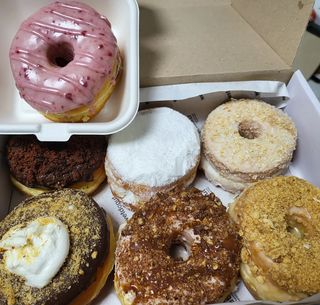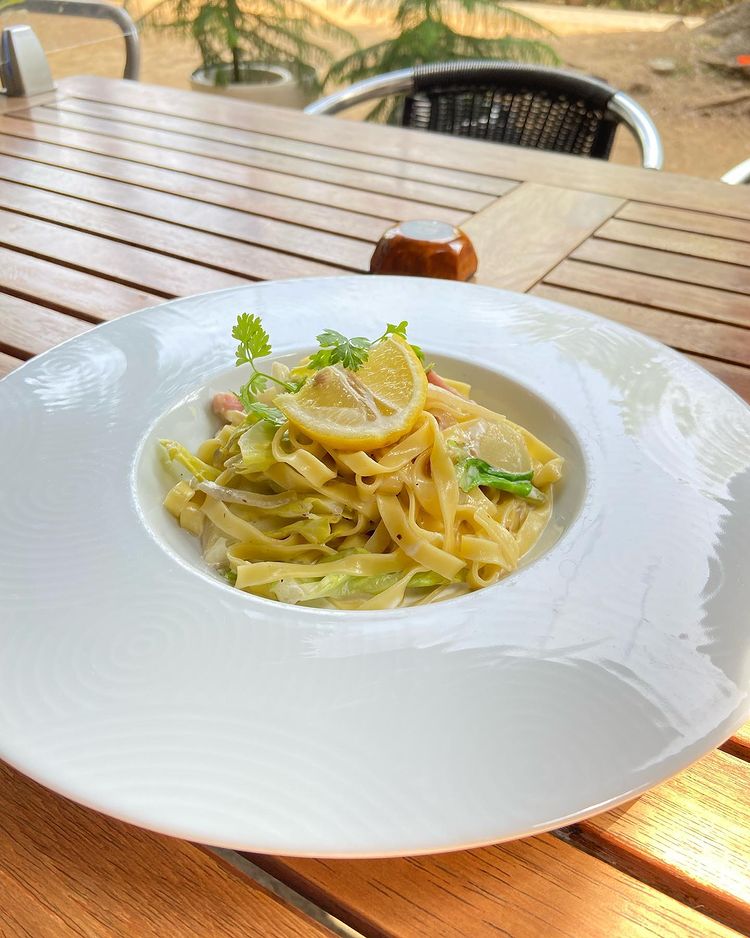You’ve enjoyed a warm, creamy latte or cappuccino at your local café. The good news is that you don’t need to be a professional barista to recreate these delightful beverages at home. With a few essential tools, some quality ingredients, and a little practice, you can enjoy café-style lattes and cappuccinos from the comfort of your own kitchen.
This guide explains the step-by-step process for making lattes and cappuccinos and offers tips to perfect your drink.
Difference Between Lattes and Cappuccinos
The difference between the two espresso drinks is the milk-to-espresso ratio:
- Latte: A latte (short for “caffè latte”) is made with a shot of espresso and steamed milk, topped with a small amount of foam. The milk-to-espresso ratio is high, giving the drink a creamy, mellow flavor.
- Cappuccino: A cappuccino is a more balanced drink, with equal parts espresso, steamed milk, and foam.

What You’ll Need: Essential Tools for Making Lattes and Cappuccinos
Making café-style drinks at home requires just a few tools. Here’s what you’ll need:
- Espresso Machine: You’ll need a machine that can brew espresso and steam milk. There are plenty of options available for all budgets, from manual to automatic machines.
- Milk Frother or Steam Wand: Some espresso machines include a steam wand. Frothing the milk properly is key to a perfect latte or cappuccino.
- Coffee Grinder: Freshly ground coffee beans are essential for a rich, flavorful espresso. Use a burr grinder for a consistent grind.
- Milk: Whole milk makes creamy lattes and cappuccinos. Just keep in mind that different types of milk froth differently.
- Thermometer (optional): A thermometer can help ensure the milk is heated to the right temperature (around 150°F or 65°C) without scalding.
How to Make a Café-Style Latte at Home
Follow these simple steps to create a smooth, creamy latte at home:
Step 1: Brew the Espresso
- Grind the Beans: Use about 18-20 grams of coffee beans for a double shot of espresso. Grind the beans to a fine consistency.
- Brew the Espresso: Place the grounds into the portafilter, tamp them evenly, and lock the portafilter into the espresso machine. Brew a double shot of espresso into your cup.
Step 2: Steam the Milk
- Prepare the Milk: Pour about 6-8 ounces of cold milk into a steaming pitcher. Whole milk is best, as it creates a rich, creamy texture.
- Steam the Milk: Insert the steam wand just below the surface of the milk and turn it on. You’ll hear a “hissing” sound as the milk begins to froth. Move the wand around in a circular motion to incorporate air into the milk and heat it evenly. Aim for a temperature of 150°F (65°C) for the milk.
- Create Microfoam: The goal is to create smooth, velvety microfoam, not large bubbles. The foam should have a creamy texture that gently rests on top of the espresso.
Step 3: Combine the Espresso and Milk
- Pour the steamed milk into the cup with the brewed espresso. For a decorative touch, you can even try your hand at latte art by gently swirling the milk.
Read: How to Make Irish Coffee
How to Make a Café-Style Cappuccino at Home
Making a cappuccino at home is similar to making a latte, with a few key differences in the milk-to-espresso ratio.
Step 1: Brew the Espresso
- Brew a single or double shot of espresso as you would for a latte, using the same method described above.
Step 2: Steam the Milk
- Prepare the Milk: Pour about 4-5 ounces of milk into a steaming pitcher. Less milk for latte to maintain the right balance.
- Steam the Milk: Just like you would for a latte and aim for a bit more foam. You want a frothy, thick texture that will float on top of the espresso.
- Temperature: Again, aim for 150°F (65°C). The milk should have a velvety texture with a significant amount of foam to create the signature frothy layer.
Step 3: Combine the Espresso and Milk
- Pour the espresso into a cup. Pour the steamed milk over the espresso, holding back the foam with a spoon.
- Add the foam on top to create the cappuccino’s signature foam cap. You want the foam layer to be thick and frothy, almost like whipped cream.
More About: Coffee Shop Vibes
Tips for Perfecting Your Lattes and Cappuccinos
- Use Fresh Beans: Always use freshly ground coffee beans for the best flavor.
- Experiment with Milk Types: Different milk varieties like oat, almond, or soy foam differently. Try a few to find your preference. Oat milk froths like whole milk and creates a creamy texture.
- Master the Frothing Technique: The key to a great latte or cappuccino is properly frothed milk. The more air you introduce, the creamier the foam. For lattes, aim for microfoam that’s smooth and velvety; for cappuccinos, aim for foam that’s thicker and frothier.
- Invest in Quality Equipment: You don’t need to spend a fortune. Investing in a good espresso machine and grinder will elevate your coffee-making experience. A good machine will give you consistent results, and a quality grinder ensures that your espresso grounds are uniform for an even extraction.
Checkout: The Science Behind Why We Love Coffee So Much
Enhancing Your Café-Style Drinks
Once you’ve mastered the basic lattes and cappuccinos, there are plenty of ways to customize your drinks:
- Flavored Syrups: Add a splash of vanilla, caramel, or hazelnut syrup for a sweet twist on your classic drink.
- Spices: For a seasonal touch, sprinkle cinnamon or nutmeg on top of your foam for extra flavor.
- Chocolate: A drizzle of chocolate syrup or cocoa powder makes for a delicious mocha-inspired latte or cappuccino.
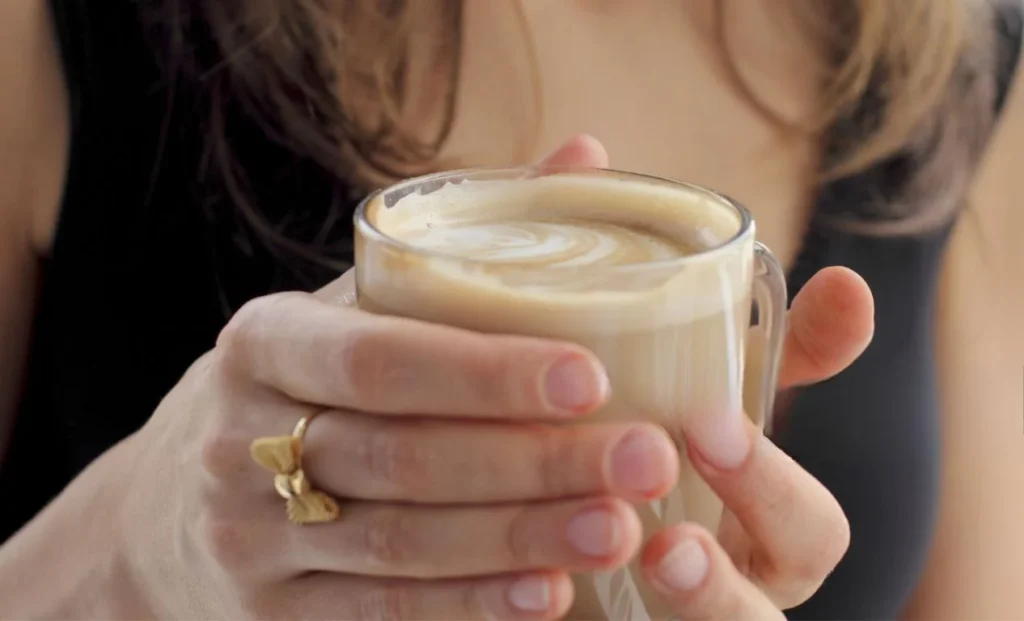
Read More: Why Supporting Local Coffee Shops Is More Important Than Ever
Final Thoughts
Making café-style lattes and cappuccinos at home is easy! With a bit of practice and the right tools, you can recreate the rich, creamy drinks you love from your favorite coffee shop in the comfort of your kitchen. You prefer a smooth, mellow latte or a frothy, bold cappuccino. Mastering these drinks lets you enjoy café-quality coffee anytime. Grab your espresso machine, steam milk, and brew—your perfect cup is a few steps away!
Frequently Ask Questions (FAQ’s)
A latte contains more steamed milk and less foam. A cappuccino has equal parts espresso, steamed milk, and foam.
You can use a stovetop espresso maker or strong brewed coffee as a substitute. An espresso machine is ideal for authentic lattes.
Whole milk creates the creamiest texture. Oat and almond milk froth well as dairy-free options.
Create latte art by steaming milk into micro-foam and carefully pouring it over espresso, using the pour’s motion to shape the design.
Checkout: Top 5 Coffee Shops in Rhyl
